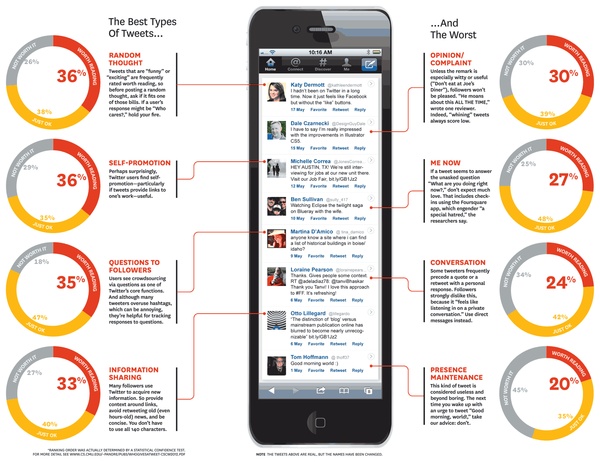![]() Last Monday, I discussed how I’m using Pinterest for my troublemaking. Today I want to discuss twitter. I’ve written a lot over the past few years on how I’m using twitter to make and stay in trouble. Luckily, so far I haven’t been in trouble by using it…yet. I noticed the other day that my “twitter” tag is one of my largest tags. Actually, with 28 posts, it’s second only to my “Judith Butler” tag, which has 40 posts. Here are a few highlights from those posts:
Last Monday, I discussed how I’m using Pinterest for my troublemaking. Today I want to discuss twitter. I’ve written a lot over the past few years on how I’m using twitter to make and stay in trouble. Luckily, so far I haven’t been in trouble by using it…yet. I noticed the other day that my “twitter” tag is one of my largest tags. Actually, with 28 posts, it’s second only to my “Judith Butler” tag, which has 40 posts. Here are a few highlights from those posts:
on live-tweeting
tweeting your thesis? good. rethinking purpose of thesis? better
more twitter hatin’ and conflatin’
twitter and feminist pedagogy
the undisciplined self via twitter
While there are all sorts of ways to use twitter for making/staying in trouble, like sharing sources, posing/answering questions, connecting with other users, I use twitter primarily to document my notes, thoughts and reflections on the various ideas I encounter everyday. Sometimes I tweet my notes and questions as I’m reading an article. Sometimes I tweet my thoughts as I’m watching a show. And, while I haven’t really done it yet, I’d like to start tweeting my process of creating digital stories.
In addition to using twitter, I also am researching it. I’m particularly interested in how people/organizations are using it to practice an ethic of care. Imagining twitter as a space for deep and meaningful engagement (and care) is troubling for many; the general consensus (based on both anecdotal evidence and popular and academic articles on twitter/twitter and ethics) is that twitter is bad for our souls.
While many folks dismiss twitter as destroying (or at least weakening) our ability to be ethical, many (maybe some of the same folks?) encourage it as good for business and promoting our self-as-brand. I like the idea of people using social media for their businesses and for connecting with clients/communities, but in ways that are meaningful and more than just promotion.
Here’s an infographic that I came across (and pinned on my “Troubling Infographics” board last week) that seems (at least to me) to illustrate twitter-as-tool-for-promotion:
Okay, this infographic isn’t really that useful (well, isn’t that true of most infographics?) because there isn’t that much difference between the best and worst types of tweets and it’s organized very poorly. The more I look at it, the more confused I am about what I’m actually supposed to be learning about good tweeting practices. But, regardless of how bad this infographic is, it still is a helpful starting point for thinking through how many people use twitter to promote their own cleverness (“random thought”), their self-as-brand (“self-promotion”) and their expertise (“information sharing”). And this infographic is helpful in thinking through how my own practices of and reflections on/about twitter trouble these popular uses. In looking at the “worst types,” I am not surprised to see that many of my favorite twitter practices–“opinion/complaint,” “me now,” and “conversation”–are on there.
Studying this infographic closely makes me want to do my own dis/infographic with Pixelmator. Look for it soon, along with more analysis of how my tweets trouble the best/worst types on this graphic.


Comments are closed.